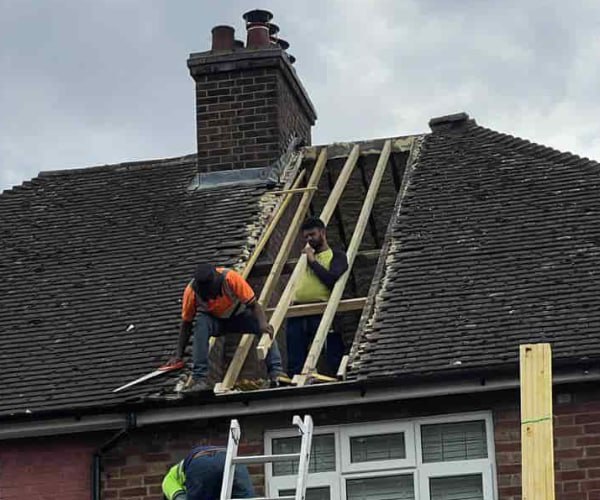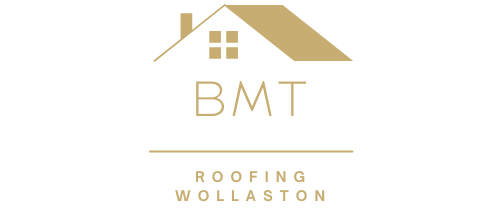The Relationship Between Lead Flashing and Ventilation
Introduction: Lead flashing is a crucial component of your roofing system, known for providing a watertight seal and protecting your home from water infiltration. However, it’s essential to recognise that lead flashing also plays a role in maintaining proper ventilation within your roof and attic space. In this blog post, presented by BMT Roofing Wollaston, we’ll explore the intricate relationship between lead flashing and ventilation and why it matters for your roofing system’s overall health and performance.
1. Proper Ventilation: A Necessity for Roof Health
Effective roof ventilation is essential for several reasons:
Regulating temperature: Proper ventilation helps control temperature extremes in your attic, preventing it from becoming excessively hot in summer or too cold in winter.
Moisture control: Ventilation helps reduce humidity levels in your attic, preventing moisture buildup that can lead to mould and mildew growth.
Energy efficiency: Balanced ventilation can enhance energy efficiency by preventing heat from being trapped in your attic, which can affect your home’s cooling and heating systems.
2. Lead Flashing and Roof Penetrations
Lead flashing is often used around roof penetrations such as chimneys, vent pipes, and skylights. These areas are prone to water infiltration if not properly sealed. Lead flashing is a protective barrier, ensuring rainwater does not enter your home through these vulnerable points.
3. Maintaining Ventilation with Lead Flashing
While lead flashing provides a watertight seal, it must also allow adequate ventilation. The proper installation of lead flashing ensures that it creates a secure barrier against water infiltration while allowing air to circulate freely through the roofing system and attic space.
4. Ventilation and Condensation Control
Ventilation is critical in preventing condensation in your attic. When warm, moist air from your home rises into the attic and encounters colder surfaces, it can condense into water droplets. Proper ventilation allows this moisture to escape, reducing the risk of rot, mould, and structural damage.
5. Balancing Act
Balanced ventilation is the key. When lead flashing is installed around roof penetrations, roofing professionals ensure the seal is tight against water infiltration while still permitting airflow. This balance is crucial for the health of your roofing system.
Conclusion: Lead flashing serves a dual purpose in your roofing system by protecting against water infiltration and facilitating proper ventilation. The relationship between lead flashing and ventilation is a vital consideration for maintaining the health and longevity of your roof. When properly installed and maintained, lead flashing ensures that your roofing system remains watertight and well-ventilated, preventing various issues such as mould growth, condensation, and structural damage. If you have concerns about your lead flashing or ventilation system, consult with experts like BMT Roofing Wollaston to ensure your roofing system performs optimally for years.
Call us on: 01933 823 289
Click here to find out more about BMT Roofing Wollaston
Click here to complete our contact form and see how we can help with your roofing needs.

